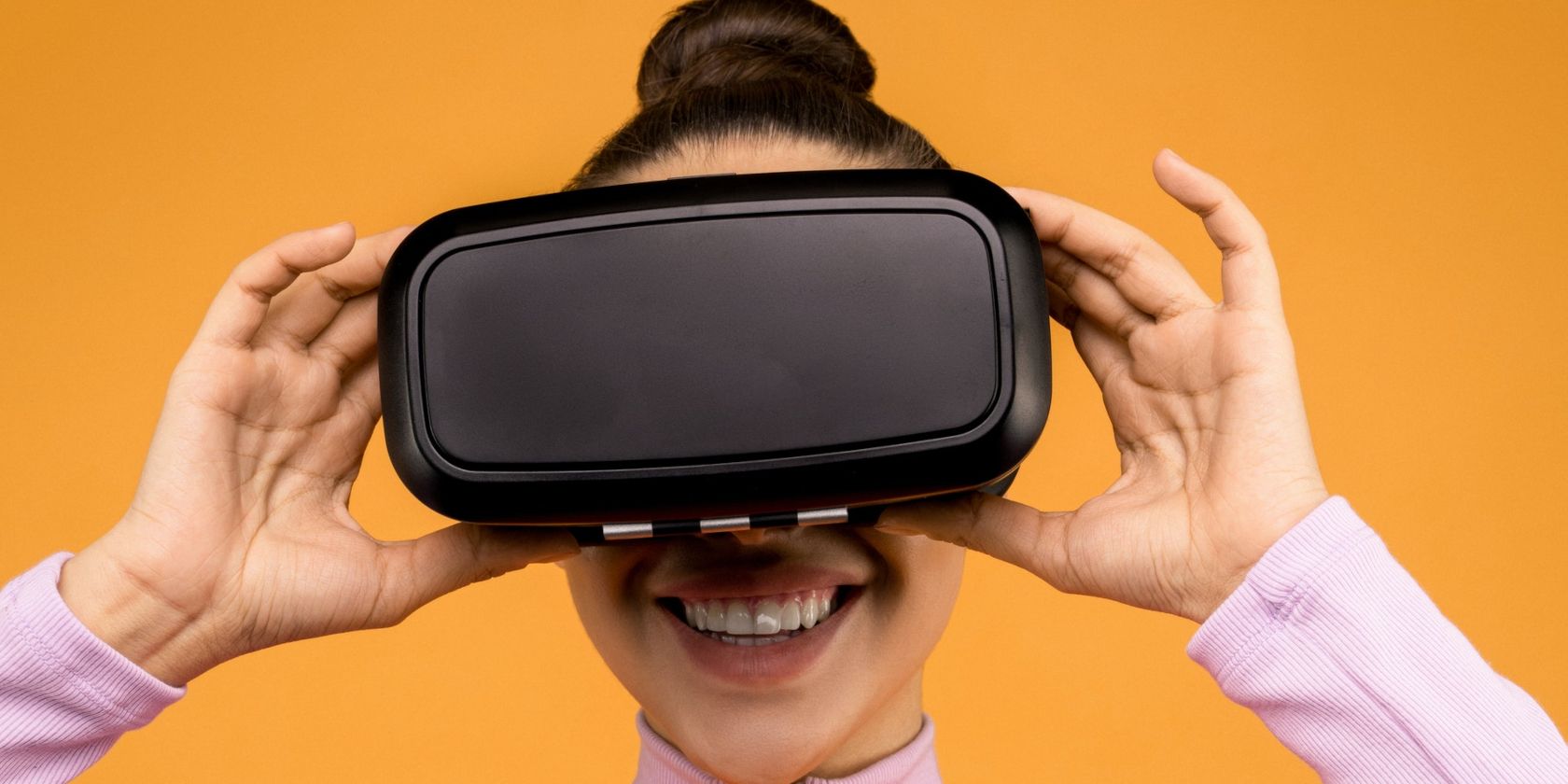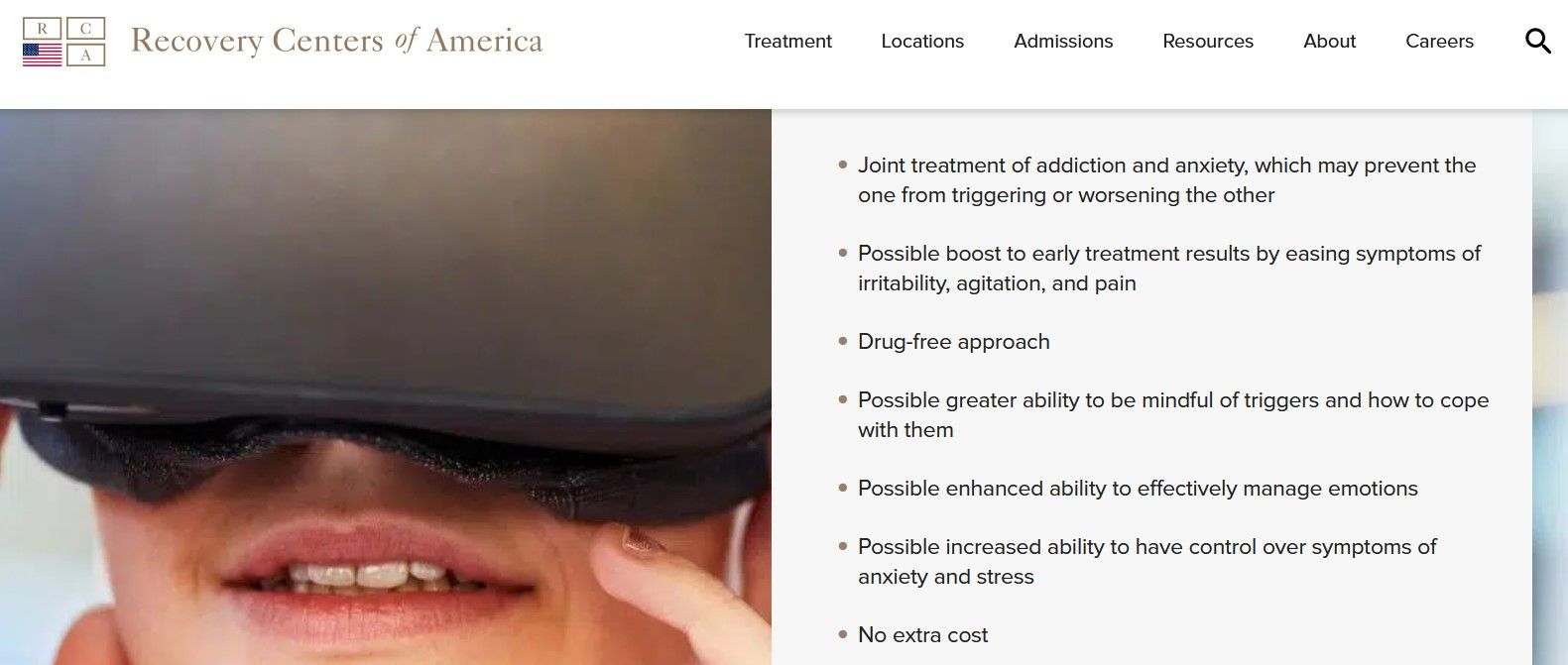Virtual reality (VR) transfers you to different digital worlds, each a landscape for a specific objective, whether it’s a game or task. Healthcare also uses the technology to treat patients, train staff, and manage day-to-day jobs.
VR benefits psychology especially. It lets people living with mental health problems practice coping techniques for different situations, while also improving their moods through fun or productive activities.
Here are key areas of mental health where VR technology is making a difference.
1. Psychosis
Studies within the past few years confirm that VR is useful in treating various forms of psychosis. In 2020, the International Journal of Environmental Research and Public Health published a review of them and revealed interesting findings.
For example, one study used 30 patients with persecutory delusions to compare the effectiveness of straightforward VR exposure therapy (VRET) versus VR exposure with cognitive behavioral therapy (VRCBT).
The latter worked better in reducing delusions and helping patients maintain that stability in real life.
Lots of research like this confirms that immersing patients in realistic but safe scenarios can help doctors assess them through the VR experience and headset, while easing symptoms at the same time.
As headsets and software like gameChange improve in terms of comfort and therapeutic processes, it won’t be long before healthcare systems fully embrace VR therapy for psychosis.
2. PTSD
But how does virtual reality boost mental health? Treating PTSD with VR, for example, involves creating a simulation for a patient to repeatedly experience and learn how to deal with while the doctor monitors each session.
The growing interest in including VR technology in treatments comes from a range of trials and studies that have put VR exposure therapy to the test as an effective tool in healthcare.
A team looked into experiments conducted up to 2019 that assessed the efficacy of VRET. They published their findings in the European Journal of Psychotraumatology.
In relation to PTSD, the results from 122 participants showed that VR treatment worked better than control groups in reducing the severity of symptoms.
3. Anxiety
A focus on anxiety and VR’s effectiveness in treating it also yielded positive results.
A 2021 review of 34 studies published in JMIR Mental Health found that VR can support cognitive behavior therapy very well when treating anxiety, as well as depression.
Whether the treatment happens alongside VRET or while inside a virtual environment, the technology allows patients to face and reduce their anxiety in a place they know is safe.
As already mentioned, exposure therapy in collaboration with virtual reality also lets the patient repeat the experience as necessary. With software like Ovrcome, doctors can choose simulations, adapt treatments, and closely examine their client’s responses.
4. Phobias
Lots of apps can help you overcome your fear of rejection or master the fearsome art of public speaking. Phobias, however, can be more complex.
A phobia is a common type of anxiety that can take on many forms. Resolving it takes courage and a process that exposes you to your fear and reduces its impact on you.
VR software like Freethink already helps, especially when paired with cognitive behavior therapy. The Center for Treatment of Anxiety and Mood Disorders lists key benefits of using this specialized treatment.
Basically, VR exposure therapy lets you challenge yourself from the safety of a doctor’s office while your mind is in an elevator, behind the wheel on a busy highway, or in a forest staring down snakes.
While the immersive nature of virtual simulations can still trigger patients, they get the chance to overcome one challenge after another. This builds confidence and the strength to break their fears’ debilitating effect.
A reliable therapist with high-quality software at hand can shape each experience to ease people through their phobias, but they can also pull the plug if a simulation gets overwhelming.
5. Depression
Immersion in virtual reality is what distinguishes it from normal therapy for mental health issues.
When it comes to depression, it works especially well as it transports patients into fun, inspiring, or simply constructive environments. That said, some restraint is important.
A 2019 paper published in Front Psychiatry discussed how VR could effectively incorporate cognitive behavior therapy techniques for depression.
Its researchers suggested a combination of low-impact virtual experiences, physical activity, and behavioral activation methods, which encourage engagement with the real world, not isolating yourself in a digital one.
While the use of VR in such treatments grows, so does the number of VR apps for meditation, for example. These kinds of programs offer calming or pleasantly stimulating experiences that can take your mind off your troubles.
At the same time, companies like The Glimpse Group apply their VR technology to remote therapy and support. In other words, the foundation is there, so fully merging virtual reality with depression therapy wouldn't be a huge leap.
6. Addiction
Addiction is often linked to anxiety and depression, creating a vicious cycle of triggers. VR-based therapy can reduce their negative influence and teach you methods to stay calm and confident when cravings hit.
The technology is already in use as an experimental treatment at Recovery Centers of America. It tries to ease anxiety alongside addiction by tailoring virtual environments to the needs of each patient and teaching them ways to tackle stressors in real life.
The immersive nature of the experience makes it very engaging as the patient completes tasks and practices self-soothing techniques, like meditation and breath control. Ultimately, the patient should be able to regulate their own emotions and resist triggers.
While still evolving as a form of mental health treatment, VR is already proving itself a valuable tool in reducing addiction, as well as many of its associated stressors.
Learn More About VR Technology’s Place in Healthcare
Thanks to VR innovation, patients and professionals have a safe and productive environment to work in. As evidence of the technology’s usefulness in mental health therapy grows, more and more medical organizations will embrace it.
But treatment isn’t the only thing VR is good for. Explore how the technology benefits other areas of healthcare, from doctor-patient interaction to surgery training.


